Improving soil structure is an essential aspect of maintaining healthy and productive soil. Soil structure refers to the arrangement and organization of soil particles, which greatly affects its ability to hold water, and nutrients and support plant growth. Poor soil structure can lead to waterlogging, compaction, and nutrient deficiencies. Fortunately, several methods can be implemented to improve soil structure and increase the overall health of your soil. In this blog post, we will discuss 3 effective ways of improving soil structure and how they an benefit your plants and garden.
3 ways of improving soil structure
Improving soil structure is crucial to improving your garden’s productivity and plant health. Three effective methods include incorporating organic matter, such as compost or manure, which enriches the soil and promotes better aggregation. Practicing no-till gardening techniques helps maintain soil integrity, reducing compaction and erosion while fostering a vibrant ecosystem for beneficial microbes.
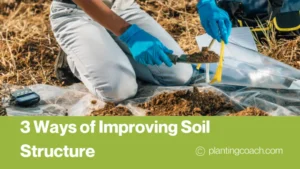
Additionally, regular soil aeration mitigates compaction, improves water infiltration, and facilitates root penetration. These strategies collectively improve the soil’s physical properties, making it more conducive to healthy plant growth.
Incorporating Organic Matter into Your Soil
One of the most effective methods for soil improvement involves incorporating organic matter, such as compost, aged manure, or leaf mold, into your soil. This practice enriches the soil with essential nutrients, improves its water retention capabilities, and increase soil structure by promoting the formation of aggregates. These aggregates create pores, which improve air and water movement through the soil, making it less prone to compaction. Additionally, adding organic matter fosters a healthy ecosystem of soil organisms, which further contributes to the breakdown of material and the improvement of soil structure.
Practicing No-Till Gardening Techniques
Practicing no-till gardening techniques is a transformative approach to soil improvement. This method involves minimizing soil disturbance by avoiding traditional tilling, which can disrupt soil structure and harm beneficial microorganisms. By leaving the soil intact, no-till gardening promotes the natural aggregation of soil particles, which increase water infiltration and retention, reduces erosion, and helps prevent compaction. It also encourages a more vibrant and diverse ecosystem below the surface, which plays a critical role in the decomposition of organic matter and nutrient cycling, further improving the soil’s health and structure.
Regular Soil Aeration to Prevent Compaction
Regular soil aeration is a pivotal strategy for improving soil structure, specifically targeting the prevention of soil compaction. By creating small holes in the soil, aeration allows air, water, and nutrients to penetrate deeper, reaching the roots of plants more efficiently. This process not only increase the soil’s ability to support plant growth but also encourages the development of a healthier root system. Through aeration, the improved soil structure fosters an environment where roots can expand without the barriers created by compacted soil, significantly benefiting overall plant health and soil vitality.
Summary
In conclusion, increasing the structure of your soil is vital for a thriving garden. The strategies discussed, such as incorporating organic matter, practicing no-till gardening, and regular soil aeration, are key methods for improving soil structure. Each approach contributes uniquely to creating a more porous, nutrient-rich, and life-supporting soil environment. By adopting these practices, gardeners can significantly impact the health of their soil, leading to more robust plant growth and increased garden productivity. Remember, the journey to improving soil structure is ongoing, but the benefits to your garden’s ecosystem are well worth the effort.
How can we improve the structure of soil?
Improving the structure of soil is fundamental to fostering a healthy garden. Key strategies include routine incorporation of organic matter, which boosts soil fertility and structure. Adopting no-till gardening practices preserves soil integrity and encourages a beneficial microbial ecosystem. Additionally, regular soil aeration combats compaction, enhancing water and nutrient uptake by plants. These soil improvement efforts create a more supportive environment for root growth and plant development, underlining the importance of consistent care and strategic approaches in soil management.
What are the 3 soil structures?
The three primary soil structures are granular, platy, and blocky. Granular structure, often found in topsoil, resembles small crumbs and allows for excellent water infiltration and root growth. Platy structure features thin, horizontal layers that can impede water movement and root penetration, often found in compacted soils. Blocky structure is characterized by larger, angular or subangular blocks that promote moderate water infiltration and root development. Understanding these soil structures is key to addressing soil health and implementing appropriate improvement methods.
What are the 3 things to improve soil health?
To elevate soil health, three pivotal actions are key: balancing soil pH to ensure it falls within an optimal range for plant growth, fostering biodiversity in the soil ecosystem by encouraging a variety of organisms, and regular testing and amendment of soil nutrients to address deficiencies. These steps complement efforts to enhance soil structure, as balanced pH and rich biodiversity boost the effectiveness of organic amendments, no-till practices, and aeration in creating a robust, nutrient-dense soil environment conducive to plant health and productivity.
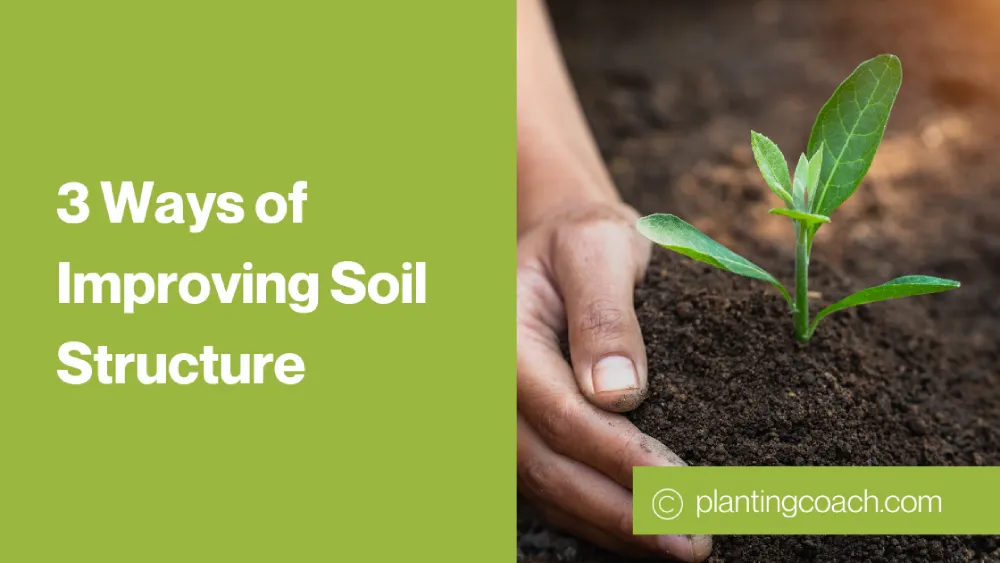
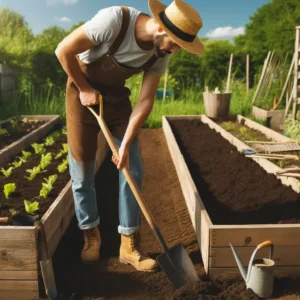

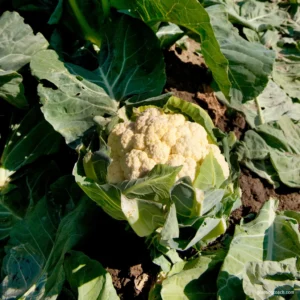
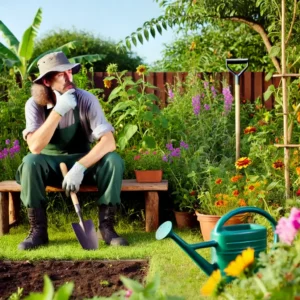



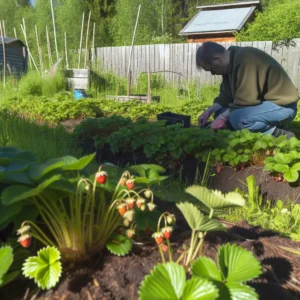
7 thoughts on “3 ways of improving soil structure”